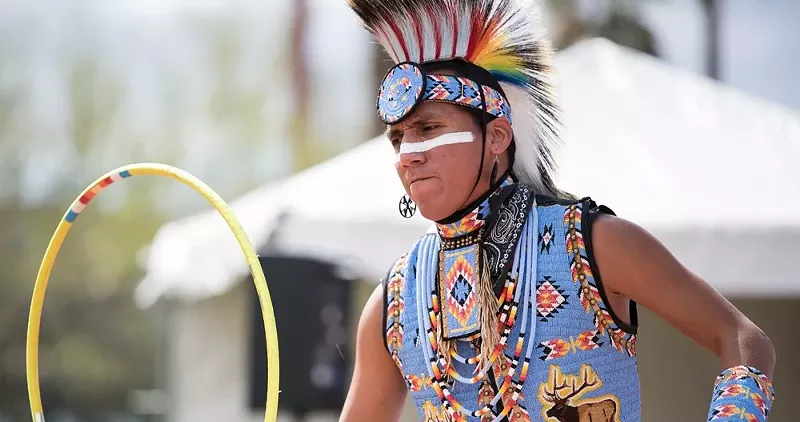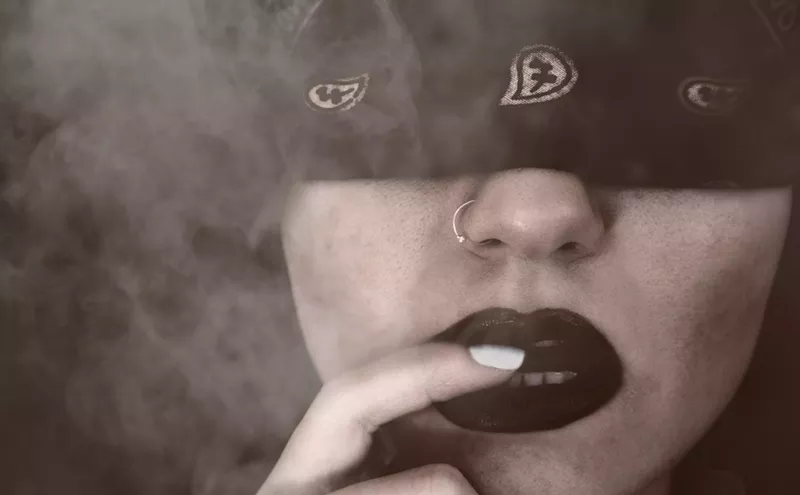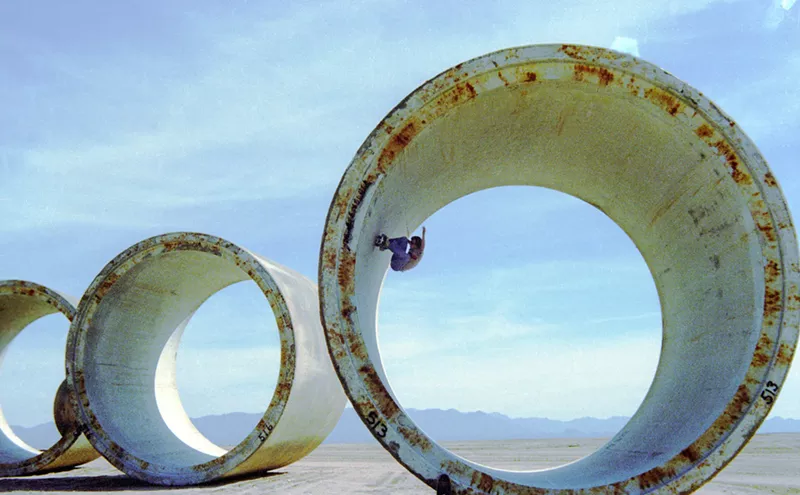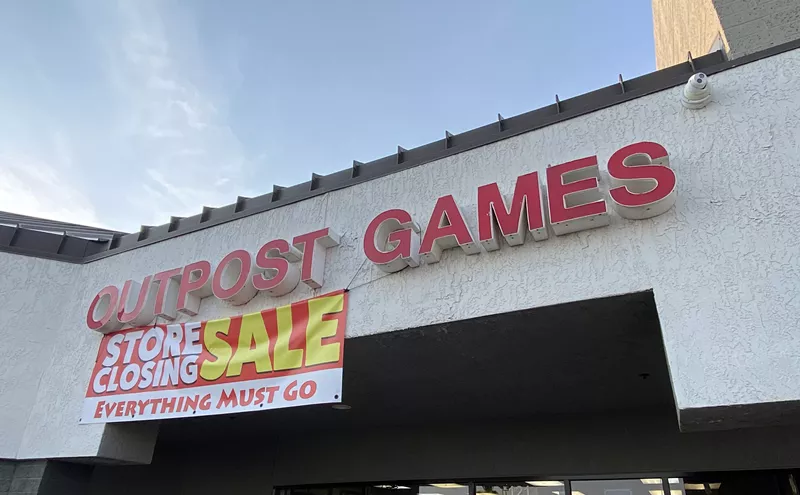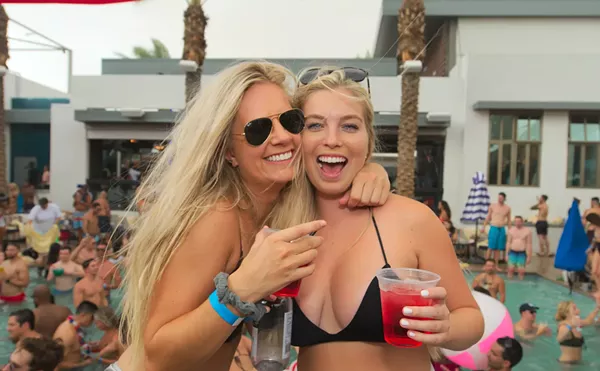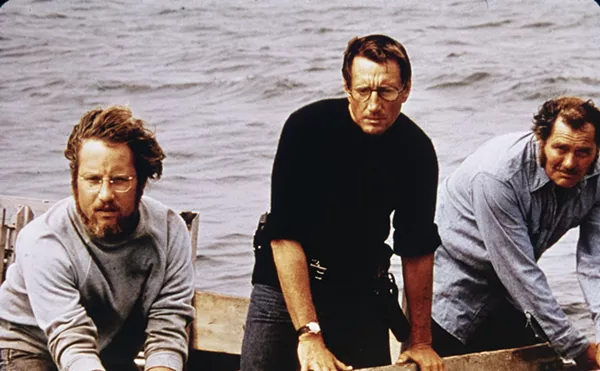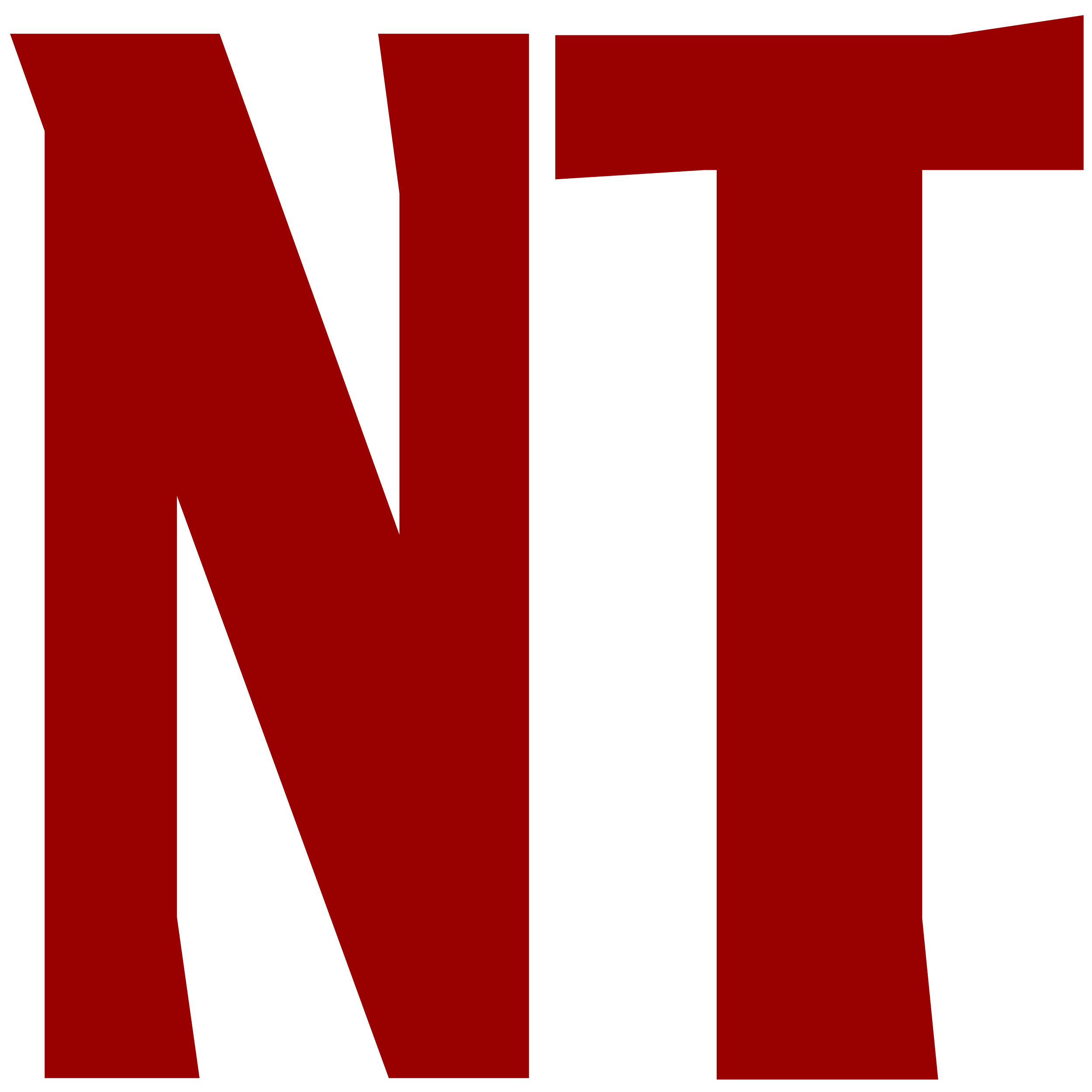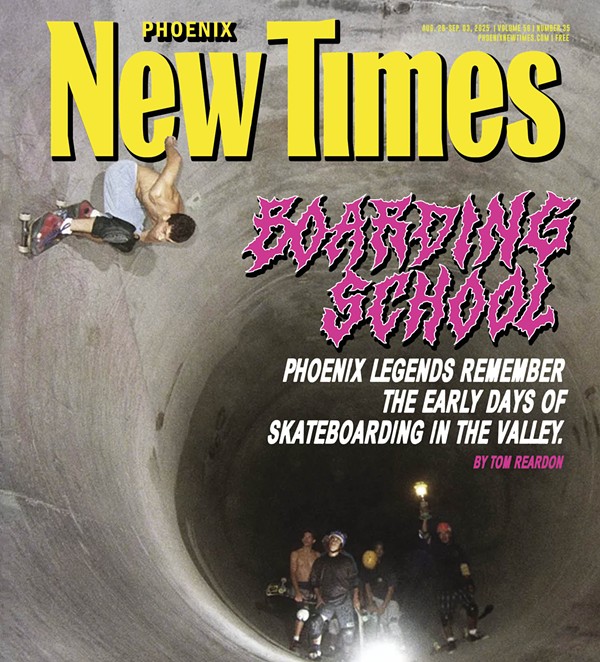The Indian Market was given a new name in correlation with the museum’s name change in the fall 2023. The new designation ties in historically with the site and its original people.
“S’edav Va’aki is an O'odham name that reflects the connection the site has with the local O'odham and Piipaash communities,” says Katherine Shields, the Indian Market’s co-chair. “S’edav Va’aki means ‘central platform mound.’ Prior to 1450, platform mounds, used for ceremonies, existed every couple of miles along the Salt River. The platform mound at S’edav Va’aki Museum is the only National Historic Landmark in the city of Phoenix.”
The event takes place over two days and museum admission is included in the Indian Market ticket price. It is a wonderful venue filled with information, galleries and displays of artifacts from the Sonoran Desert’s rich archeological and anthropological history.
The Indian Market is an extension of that past. Or it might be considered an immersive modern diorama of what life was like hundreds of years ago when Adobe platform mounds surrounded by eight-foot walls stood on the desert landscape instead of themed communities and modern skyscrapers.
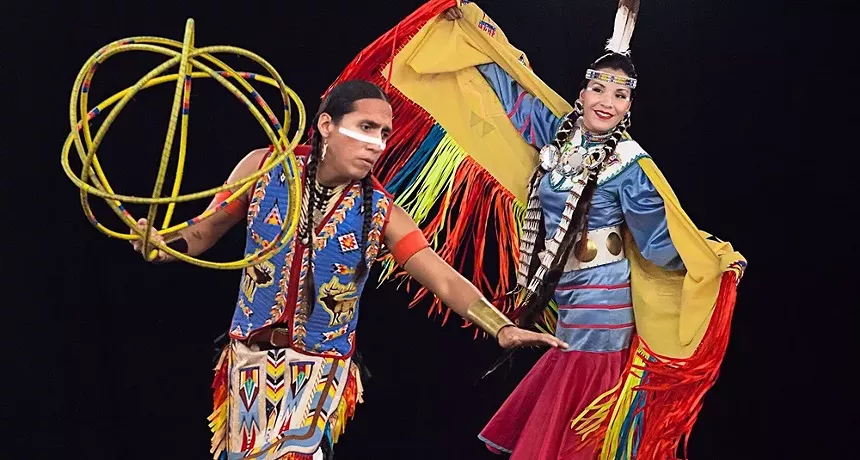
Hoop dancers Tony and Violet Duncan will perform at the S’edav Va’aki Museum Indian Market this weekend.
Evolve PR and Marketing
“Visitors can see beautiful art in all mediums and talk with the artists in person,” says Shields. “When guests are ready to sit down for a snack, they can choose from three popular Native food vendors and Bear Beans Coffee, and watch one of the four shows on the main stage. In the Ki:him Cultural Demonstrator Area are 15 artists who are rock stars in their field, many of whom travel nationally and internationally. In the Ki:him, which is unique to our market, visitors can craft along with these artists or learn a skill such as atlatl throwing, rug weaving, drumming or hoop dancing.”
Performers on the main stage include Gabriel Ayala (Yaqui), renowned composer and guitar player; Tony Duncan (Apache, Arikara and Hidatsa) World Champion Hoop Dancer and Native American flute player; Violet Duncan (Kehewin Cree), internationally recognized dancer and storyteller; Chi Chino Spirit O’Odham Dance Group, traditional song and dance of the Akimel O’Odham (Pima Tribe) from Gila River Indian Community; and Gertie & the T.0.Boyz – Gertrude Lopez and her Tohono O'odham Waila Band.
This year’s event is important because it will not only focus on ancestral performances but on high-quality arts and crafts as well. Many artists who have been with the market over the years will be in attendance, but Shields says there will also be some rising stars.
“There is a very diverse group of artists this year, with more in the textiles, sculpture, and holiday ornament categories than previously. Additionally, this is the first Indian Market since the museum re-opened with several newly renovated galleries,” she says.
Renowned Hopi artist Richard Dawavendewa will greet visitors and offer his handcrafted wares. He has said that when he creates things, he wants people to appreciate his inner feelings as a Hopi. Phoenix New Times asked him what those feelings are and if they remain imbued in the piece once the item is sold.
“The inner feelings are my spiritual connection to my culture and traditions, both in broad and detailed aspects. It is something to experience and be immersed in all that the Hopi culture entails," Dawavendewa explains. "Spirituality in each piece of Hopi-based artwork is inherent from the creation, execution and the finished product. So, yes, I do believe its essence still carries itself with the new owners.”
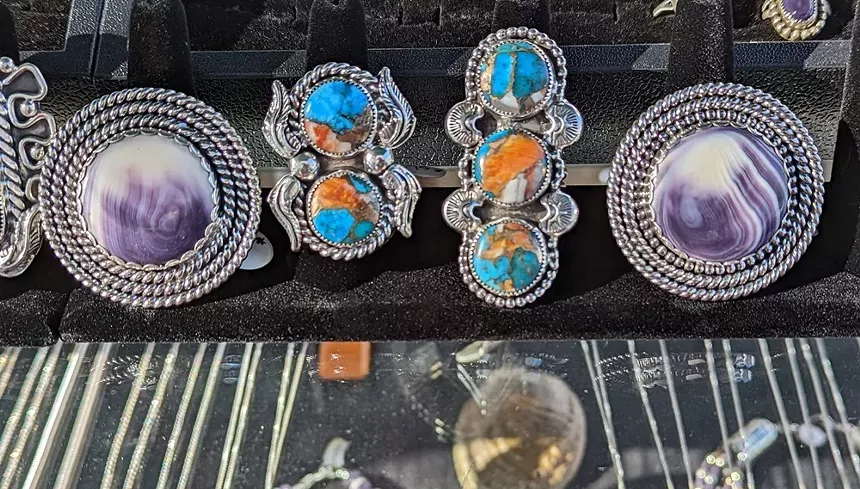
Plenty of jewelry will be for sale at the S’edav Va’aki Museum Indian Market.
Evolve PR and Marketing
In case you are wondering, using the term “Indian” isn’t recommended even though it’s a term used in the market's title. To avoid confusion, Shields says, “American Indian” or “Native American” are better.
Even though the Indian Market is a great place for non-Native people to learn about the culture through art and history, the event is also important to the very community it celebrates. Some of the artists' annual income is earned by selling their pieces at events like this, Shields says. They do five to six art shows a year, one of which is the Indian Market.
There is also another element that is equally important, Shields explains: education.
"For Native visitors who did not grow up in the community where their parents and grandparents lived, the Indian Market provides an opportunity to explore their roots," she says." These visitors appreciate the opportunity to see how traditional crafts are made in the Ki:him, learn to throw an atlatl and eat traditional Native foods."
The 47th Annual S’edav Va’aki Museum Indian Market. 9 a.m. to 4 p.m. Saturday, Dec. 14, and Sunday, Dec. 15. S'edav Va'aki Museum, 4619 E. Washington St. Tickets are available at the venue. Admission is $10 per person for ages 13 and up. $5 for tribal members, active and retired military, police, and fire personnel. Free for children 12 and under and S’edav Va’aki Museum Foundation members.

